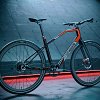Just when I had given up hope that we would ever see any of the traditional, established motorcycle manufacturers introduce a practical and affordable electric motorcycle in the U.S. market, it finally dawned on me that maybe I was looking in the wrong direction.
Maybe we're never going to get the small, agile, affordable electric motorcycle I envisioned as the best use for an electric two-wheeler. Maybe what we're going to get from the motorcycle companies instead is electric bicycles. And maybe that makes sense after all.
Let me explain.
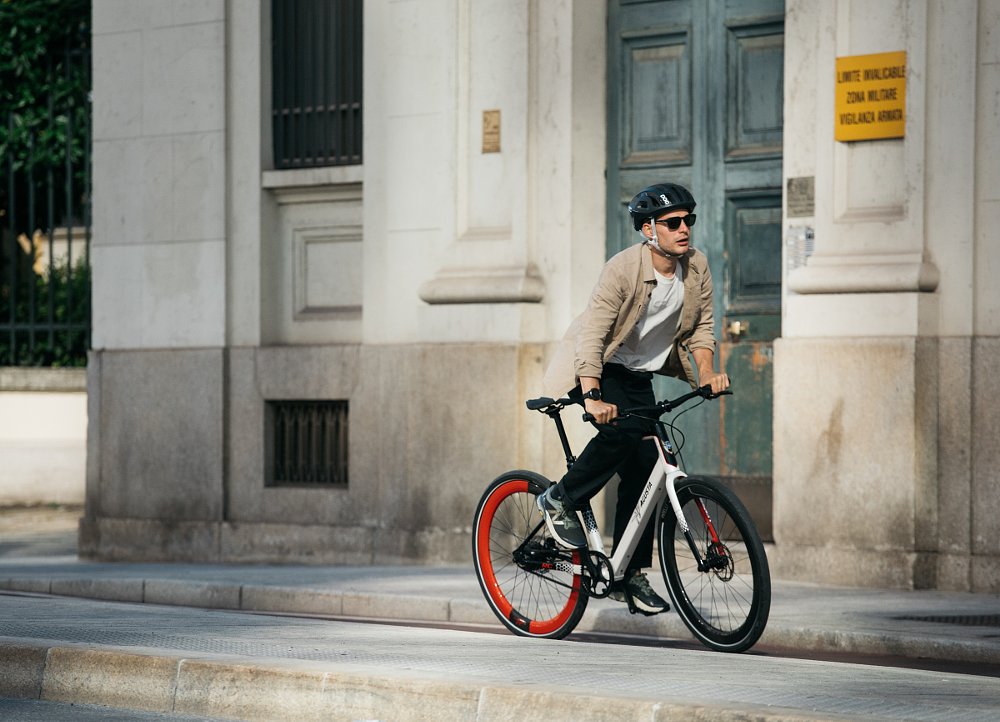
What electric motorcycles are good and bad at
I've always believed that the best use for electric motorcycles is urban transportation, where the weaknesses (range) matter less and the strengths (ease of use, zippy power, low maintenance) are emphasized. As a result, the most interesting electric motorcycle to me has long been the Zero FXS. Sure, range is limited but it's great fun to ride and I wouldn't plan to go far on it anyway. It seems like the perfect commuter vehicle, but since I work at home and don't have a commute, I've never found a good justification to buy one.
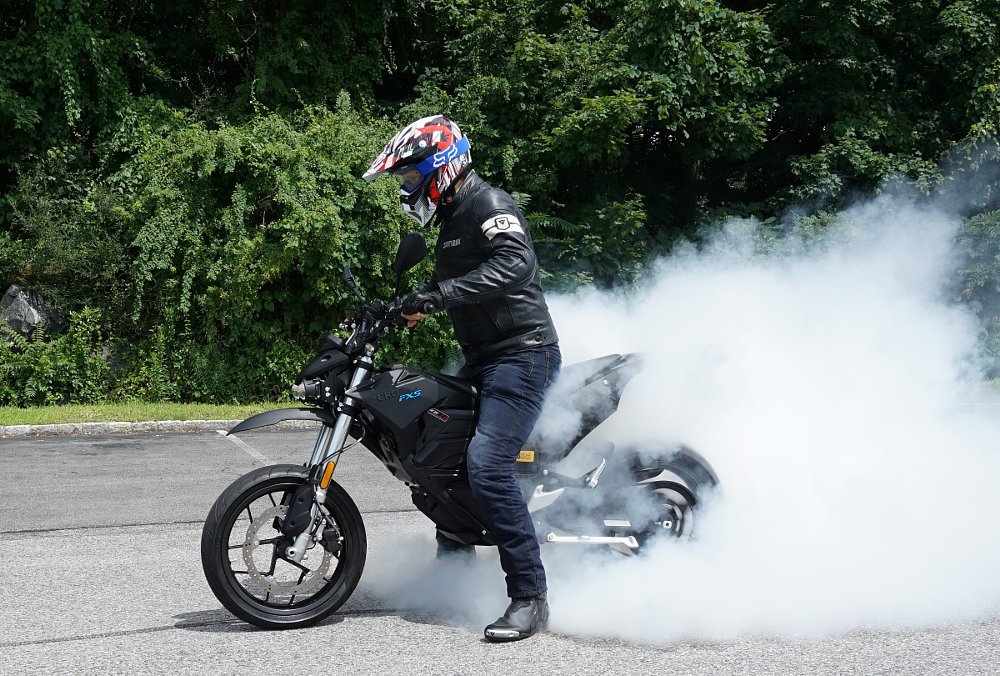
In the U.S. market, however, what we mostly get instead of agile and affordable urban transportation options are hugely expensive, highly powerful halo bikes from everyone from Mission Motorcycles (RIP) to Harley-Davidson to Energica. Others, like Lightning, seem to be mostly big promises and few deliveries.
The main thing that high performance electric motorcycles like the LiveWire (now being spun off by Harley-Davidson into its own brand) and the Energica Ego are good at is convincing people that you're an early adopter with a lot of disposable income. Sure, you can ride them hard and fast and they'll impress with their power and handling and sophistication. For about an hour. Then they need a charge or else they're just a pretty lawn ornament. So if you live on your favorite road and your favorite thing to do is riding a superbike up and down that same road for 40 minutes or so every now and then, maybe you're a perfect fit for a $30,000 LiveWire. Seems to me like a limited market. Meanwhile, for a 10-mile commute to work, the LiveWire is overkill to the extreme.
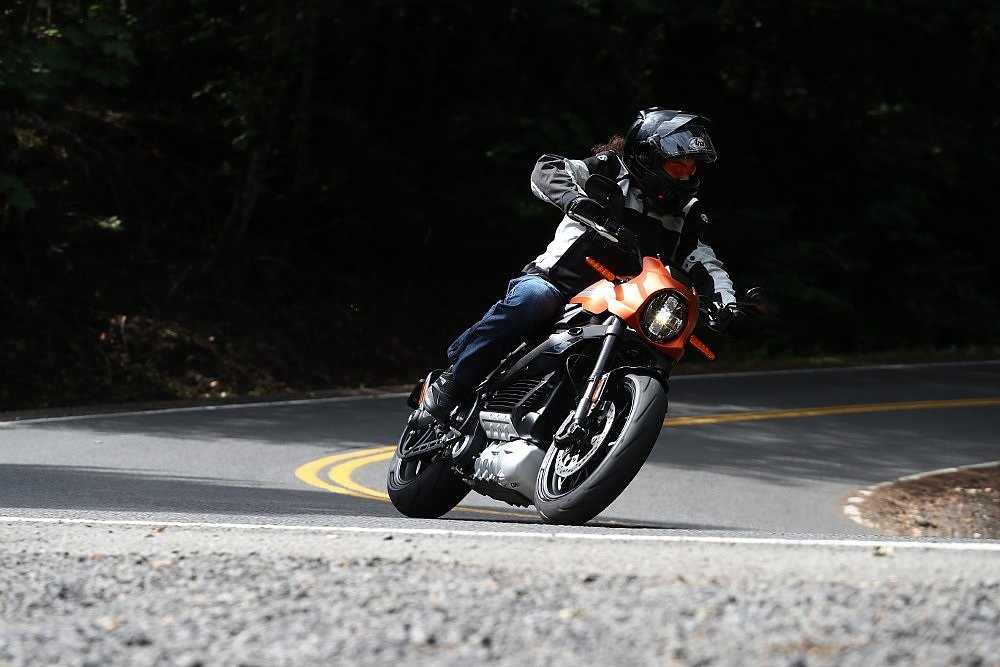
If the best use for an electric motorcycle is basically the same use case as a scooter, why have none of the traditional motorcycle manufacturers (some of whom have churned out millions of scooters) built an electric scooter for the U.S. market? It's a question I asked elsewhere more than eight years ago, before Common Tread even existed, and things haven't really changed much since. We still don't have a Honda EV-Cub more than a decade after a concept bike appeared at the Tokyo Motor Show but you can have a look-alike CSC Monterey shipped to your door for $2,395. Though then you're on your own, with no dealer to turn to, to get it registered and for maintenance, should it need any. There's the Vespa Elettrica, but it starts at $7,499 and tops out at 30 mph. There are more affordable options from companies such as NIU, a huge Chinese manufacturer, but that's not a name that U.S. consumers know or will necessarily trust, as they would an established motorcycle manufacturer.
Our friend up north, Ryan at FortNine, (a recent guest on the Highside/Lowside podcast), made one of his typically good videos about this very topic. He titled it, "Why Electric Motorcycles are Failing." He made several of the same points I made all those years ago, that motorcycle manufacturers seem intent on building big-dollar electric superbikes instead of playing to the strengths of electric two-wheelers and building useful urban transportation. I bring this up not to say that I was ahead of my time with my opinions of eight and a half years ago, but rather to point out that little has changed since.
As you can see in the FortNine video below, Ryan solved that problem himself. He built a small electric bike that will haul him around town at almost no cost, requires nearly no maintenance, and is as simple to use as an electric can opener. And he built it for a cost of about $2,000.
Maybe it all does make sense, however
There's another way to look at this that does make sense, however. Maybe the motorcycle manufacturers have skipped right past making electric motorcycles for urban transportation and have decided, for the U.S. market, at least, that it makes more sense to build electric bicycles.
The latest example was an announcement last week from MV Agusta, which is introducing the AMO RR and RC, two new electric bicycles with pedals that will assist you up to 15.5 mph for about 46 miles. MV Agusta said the electric bicycles "will be designed and engineered in Italy" and the bicycles "will be entirely assembled in-house." Kick scooters planned for later will be built by a partner. Features on the bicycles include hydraulic disc brakes and belt drive, and while U.S. prices haven't been listed yet, if they cost similar to the price in Europe, expect something around $3,650 to start.
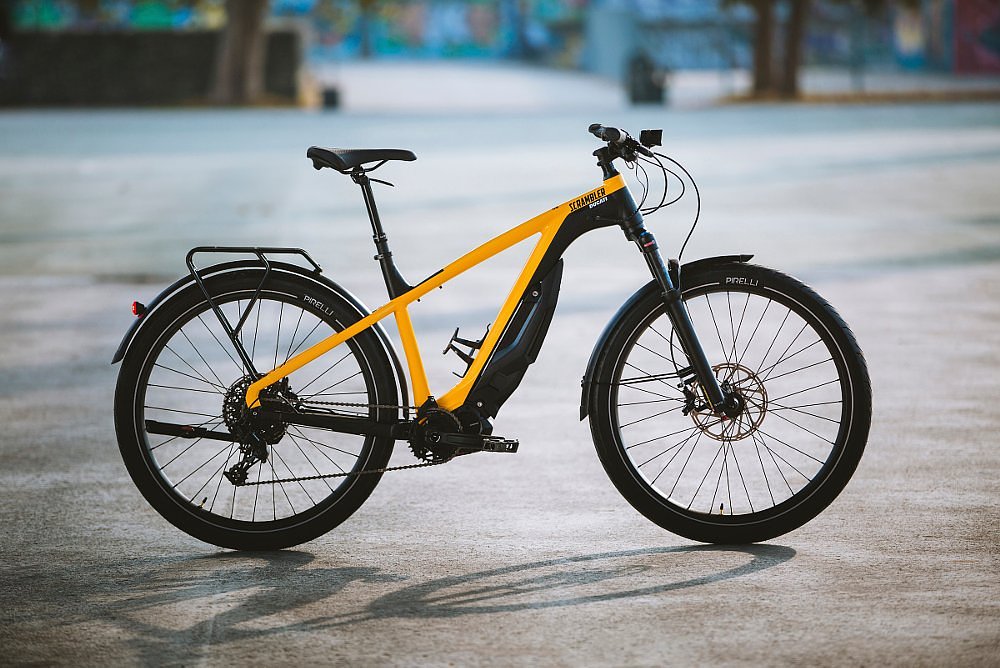
Of course Yamaha has been making electric bicycles for years, Ducati is selling electric bicycles developed in collaboration with the Italian company Thok Ebikes and Triumph is putting its name on an electric bicycle. Harley-Davidson last year said it would sell electric bicycles under a separate Serial 1 brand.
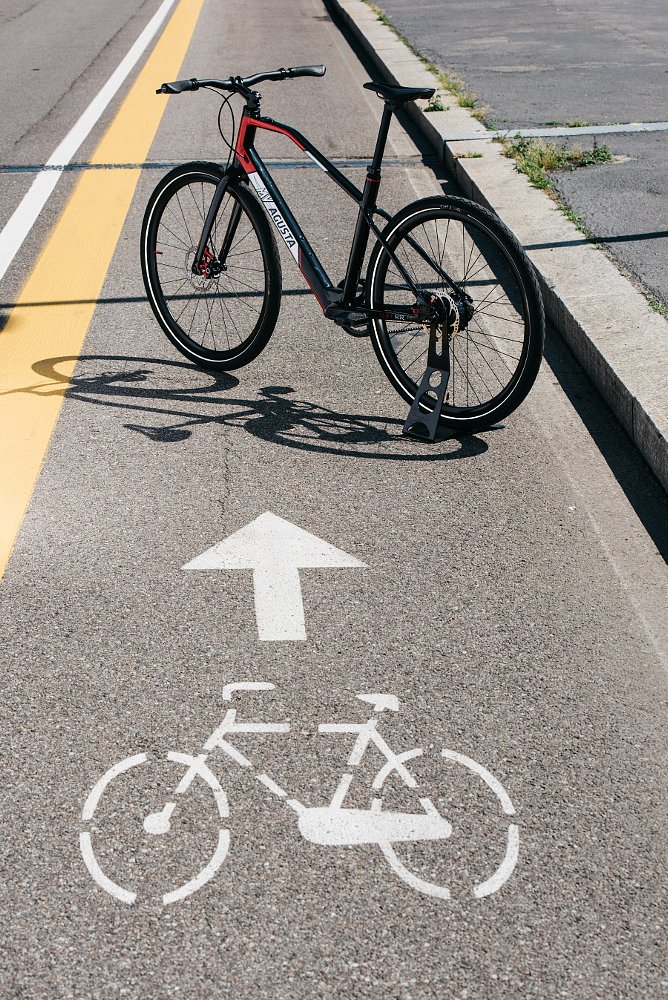
So if we're talking strictly about local, urban transportation, maybe the electric bicycle will do the job and will appeal to a larger number of people.
Personally, I still think an electric version of a supermoto is the ultimate urban transportation and I'm willing to give up the ability to sneak onto the bicycle path by pretending to pedal in exchange for the greater power and handling. But then I'm a motorcyclist and a large number of people buying electric two-wheelers have never ridden a motorcycle before.
So, not for the first time, I have to consider that building something for me is a poor business decision and maybe the traditional motorcycle manufacturers know what they're doing by skipping over electric motorcycles and going straight to e-bikes.






